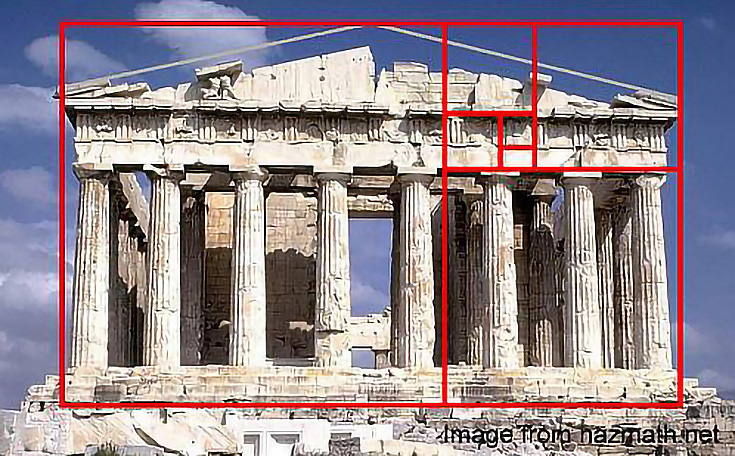 |
| The Parthenon, made using the Golden Ratio. |
As a Mathematics major, I have always been aware of the
beauty in mathematics. The perfect representation of complex equations on a
simple two-dimensional graph is a sight to behold, and the image turns lovelier
when you consider the innumerable, ingenious ways these equations are
transmuted and morphed to fit into different models. However, I had never
considered the application of these relationships into art, and how artists
themselves are influenced by these mathematical ideas.
From the very beginning, art has both subconsciously and
directly drawn from math, from the representation of shapes on Rene Descartes’
system to Brunelleschi’s use of linear perspective to induce depth in his art. As Professor Vesna detailed in her lecture,
this tradition has continued into the modern day, with the golden ratio and
fractals being incorporated into art every day.
 |
| 3D Fractal art generated by Apophysis (software) |
Math can also serve as a form of liberation for artists, as
mentioned by Henderson in her article, with painters embracing the idea of a
fourth dimension and leaving behind the trappings of Euclidian geometry.
Conversely, artists can fully embrace these trappings, and represent them in
their full glory, as was done in Flatland.
 |
| Some of the math in Alice in Wonderland. |
The idea of math inspiring art intrigued me, and when I set
about researching other works of art that were inspired by mathematics, I found
an article detailing the math that inspired Alice in Wonderland. Curiously,
this inspiration was not in the form of a representation of mathematical ideas,
but instead a rejection or satire, as Lewis Carroll, a conservative,
traditional mathematician, did not respect the changes that were occurring in
his field of study.
After this week’s lectures, I found myself coming away with
a greater understanding of the links between math and art. While I used to see
them as disparate disciplines, I now realize they are intertwined with one
another, feeding into and inspiring each other. Hopefully, I am able to
incorporate this juxtaposition into my own life, and observe my major in a
wholly different light!
References:
Henderson, Linda Dalrymple. “The Fourth Dimension and
Non-Euclidean Geometry in Modern Art: Conclusion.” Leonardo. 17.3 (1984):
205-210. Print.
Vesna, Victoria.
“Mathematics-pt1-ZeroPerspectiveGoldenMean.mov.” Cole UC online. Youtube, 9
April 2012. Web. 11 Oct. 2012. http://www.youtube.com/watch?v=mMmq5B1LKDg&feature=player_embedded
Dianne Mizze. “Golden Parthenon”. Empty Easel. January 20,
2009. http://emptyeasel.com/wp-content/uploads/2009/01/golden-parthenon.jpg
Unknown. “Subliminal Messages in Alice in Wonderland.” The
Original Jath. March, 2014 https://theoriginaljath.files.wordpress.com/2014/03/alice-math-2.jpg
Apophysis. “3D Fractal Art”. Apophysis. http://www.phidelity.com/blog/wp-content/uploads/2007/10/3dfractalremixsm.jpg
The research you found about Alice in wonderland is almost satirical itself. People usually don't associate mathematics as a tool of objection but it's woven into a well known story as satire. I am also a mathematics major and really enjoyed learning about how math served to benefit so many artistic forms.
ReplyDelete